#wolf and wildlife center
Text

Swift Fox (vulpes velox)
taken at the Wolf and Wildlife Center in Divide, Colorado
status: least concern
These small foxes are native to North America. They once went extinct in Canada due to large scale agriculture eroding their habitat. Since then some of the ones in the United States were used to create a captive breeding program allowing them to be reintroduced in Canada where now at least 100 roam free in Alberta.
#Swift Fox#fox#Vulpes velox#animal#colorado wolf and wildlife center#wolf and wildlife center#colorado#photo#photography#canon#canon 6d mark ii
128 notes
·
View notes
Text
youtube
An incredible video of a pack of wolves digging a tunnel through nearly one-metre deep snow in China's Xinjiang Uygur Autonomous Region.
International Wolf Center's founder Dr. L. David Mech was interviewed about the video on CBC.
#wolf#wolves#wolf pack#wildlife#animals#snow#digging#mech#david mech#iwc#international wolf center#china#Youtube
153 notes
·
View notes
Text

Gray Wolf Pups
Center for Biogical Diversity
#center for biological diversity#photographer#gray wolf pups#pups#wolf#animal#mammal#wildlife#nature
211 notes
·
View notes
Text
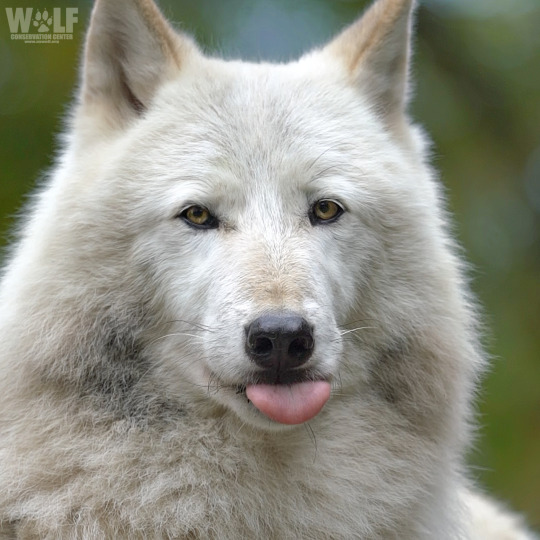
Hey, Monday... THBPBPTHPT
#wolf#gray wolf#canis lupus#wolves#animals#wildlife#nature#tongue#new york wolf conservation center#wolf conservation center
630 notes
·
View notes
Text
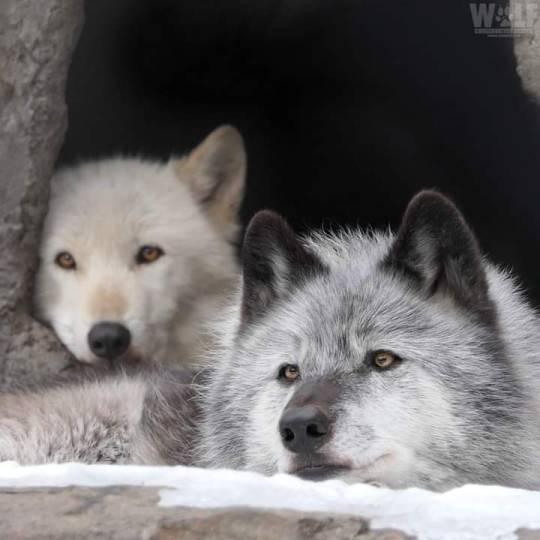
11 notes
·
View notes
Text
i saw a car at work with a prolife license plate and now i want to get a bumper sticker that says I ❤️ Abortion JUST to spite that person
#personal#like seriously an offical state of wisconsin (doxing myself hi) ''choose life'' license plate with some stupid#prolife vanity plate i forget exactly what it said but it pissed me off. why can you buy this? the money probably goes to those#horrible 'crisis pregnancy centers' like. $25 every month is the standard i think for most of those special plates#i looked into getting the cool wildlife preservation one bc it has a wolf on it but i cant afford that shit 💀#but im trying not to spend a bunch of money bc im barely breaking even with my part time job and bills and stuff 💔#maybe this can be this month's splurge item#edit: i looked it up and it's $25 a YEAR but still.
2 notes
·
View notes
Text

"The one who is in you is greater than the one who is in the world."
-1 John 4:4
Photo: Ely, Minnesota
#wolf#white wolf#canine#wildlife#animals#international wolf center#nature#travel#tourism#adventure#explore#road trip#minnesota#midwest#mn#the north star state#ely#1 john 4:4#bible verse#christian living#encouragement#inspiration#hope#the bible#the holy bible#christianity#god's word#holy scripture#new testament
1 note
·
View note
Text

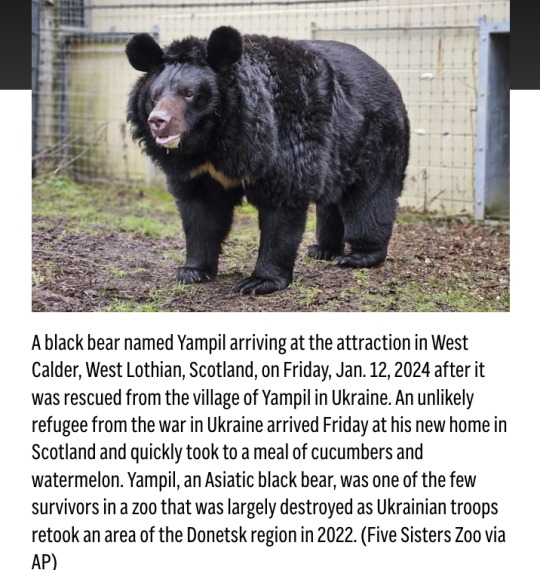
By Brian Melley, AP News
13 January 2024
LONDON (AP) — An unlikely refugee from the war in Ukraine — a rare Asiatic black bear — arrived at his new home in Scotland on Friday and quickly took to a meal of cucumbers and watermelon.
The 12-year-old Yampil was named for a village in the Donetsk region where he was one of the few survivors found by Ukrainian troops in the remains of a bombed-out private zoo.
Yampil, who had previously been called Borya, was discovered by soldiers who recaptured the devastated city of Lyman during the Kharkiv counteroffensive in the fall of 2022, said Yegor Yakovlev of Save Wild, who was among the first of many people who led the bear to a new life.
The bear was found in a menagerie that had long been abandoned by its owners.
Almost all the other animals had died of hunger, thirst or were struck by bullets or shrapnel and some were eaten by Russian troops.
Yampil narrowly missed the same fate, suffering a concussion from a projectile that landed nearby.
“The bear miraculously survived,” said Yakovlev, also director of the White Rock Bear Shelter, where the bear recovered.
“Our fighters did not know what to do with him, so they started looking for rescue.”
What followed was an odyssey that your average bear rarely makes, as he was moved to Kyiv for veterinary care and rehab, then shipped to a zoo in Poland, then to an animal rescue in Belgium, where he spent the past seven months, before landing in the United Kingdom.
Brian Curran, owner of Five Sisters Zoo in West Calder, Scotland, said his heart broke when he learned of the plight of the threatened Asiatic black bear.
“He was in terrible condition; five more days and they wouldn’t have been able to save him,” Curran said. “We were just so amazed he was still alive and well.”
The bear was skinny but not malnourished when he was found, said Frederik Thoelen, a biologist at the Nature Help Center in Belgium.
He now is estimated to weigh a healthy 440 pounds (200 kilograms), Thoelen said.
The nature center in Belgium, which usually treats injured wildlife and returns them to their natural settings, has taken several animals rescued from the war in Ukraine, including a wolf, a caracal cat and four lions, though those animals had not experienced the ordeal Yampil endured.
It was remarkable how calm Yampil was when he arrived in Belgium, Thoelen said.
The bear was trained in the past two weeks to move from his enclosure to the crate that would transport him across Belgium to Calais, France, then across the English Channel on a ferry to Scotland.
Pastries from a local bakery were used for good measure to lure him Thursday into the cage, where he was sedated for the journey.
“We want to use the food that he likes most, and for most bears — and for people also — it’s sweet, unhealthy foods,” Thoelen said.
Thoelen had a sense of the bear’s weight as he drove the crate to the port.
“Every time when we had a red light or a traffic jam, when the bear moved a little bit, you could feel the van moving also,” he said.
“You could feel it was a heavy animal in the back of the car.”
Yampil arrived at the zoo about 15 miles (25 kilometers) west of Edinburgh and immediately made himself at home.
He feasted on cukes — said to be his favorite food — and melon, said Adam Welsh, who works at Five Sisters.
The Asiatic black bear is listed on the International Union for Conservation of Nature’s Red List of Threatened Species as vulnerable to extinction in the wild, where it can be found in central and southern Asia, Russia, and Japan.
It’s known for the distinctive white crescent patch on its chest that gives it the nickname moon bear. It can live for up to 30 years in zoos.
It’s not clear if the bear will go into hibernation. The winter has been warmer than usual but colder days are on the horizon.
The zoo has other bears, but Yampil is the only Asian bear and unique in other ways.
“We’ve had circus bears, for example, that have been rescued,” Welsh said.
“We’ve had bears rescued from places like roadside restaurants where they’ve been used as kind of roadside attractions and been kept in subpar conditions. But this is the first time that we’ve worked with an animal that’s been rescued from a war zone.”
youtube
Scottish zoo welcomes black bear which survived war in Ukraine
13 January 2024
🖤🐻🤎
#Asiatic black bear#Ukraine#Scotland#Yampil#Borya#Save Wild#White Rock Bear Shelter#Five Sisters Zoo#Nature Help Center#Belgium#Poland#International Union for Conservation of Nature’s Red List of Threatened Species#moon bear#save animals#protect wildlife#threatened species#refugee bear#private zoo#Youtube
183 notes
·
View notes
Text
Happy Wolf Awareness week! October 15 - 21 marks the 50th anniversary of the Endangered Species Act that works to protect wolves and other Endangered animals around the world!
If you are looking for events close to you during this week or ways to support these fantastic and amazing animals, I have listed a few organizations I have personally helped/worked for over the years:
Wolf Haven International
California Wolf Center
International Wolf Center (this one holds a special place in my heart)
W.O.L.F. Sanctuary
Wolf Conservation Center
Yellowstone Forever
Defenders Of Wildlife
American Wolf Foundation
There are so many other organizing, but these are the ones I've personally worked with the animals or the staff! Several places have live cameras for their wolves too, so even just going and checking out these beautiful wolves will bring traffic to their sites!
You'll be able to see wolves like Blackstone enjoying the fall weather:
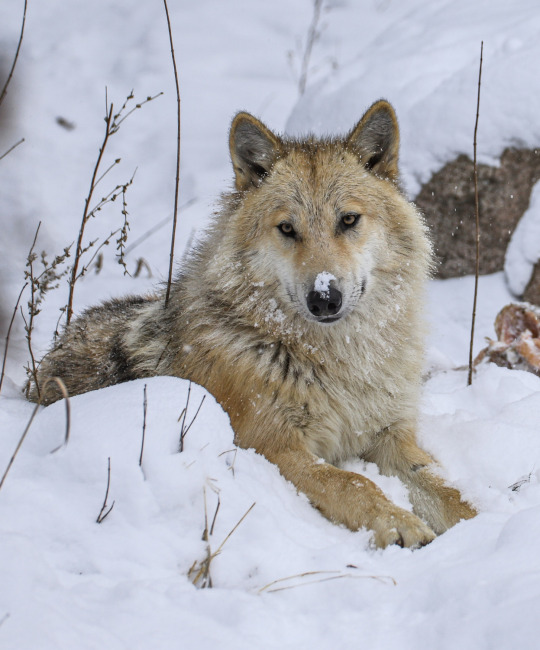
#Ren loves wolves#Wolf awareness week#Wolves#Wolf#Werewolves#Aware Wolf support#ren liveblogs life#This is where all my attention is going this week#Source: wolf.org
66 notes
·
View notes
Text
In Brazil, hopes to use AI to save wildlife from roadkill fate
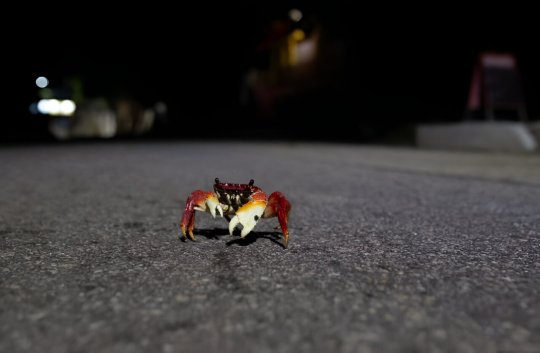
In Brazil, where about 16 wild animals become roadkill every second, a computer scientist has come up with a futuristic solution to this everyday problem: using AI to alert drivers to their presence.
Direct strikes on the vast South American country's extensive road network are the top threat to numerous species, forced to live in ever-closer proximity with humans.
According to the Brazilian Center for Road Ecology (CBEE), some 475 million vertebrate animals die on the road every year—mostly smaller species such as capybaras, armadillos and possums.
"It is the biggest direct impact on wildlife today in Brazil," CBEE coordinator Alex Bager told AFP.
Shocked by the carnage in the world's most biodiverse country, computer science student Gabriel Souto Ferrante sprung into action.
The 25-year-old started by identifying the five medium- and large-sized species most likely to fall victim to traffic accidents: the puma, the giant anteater, the tapir, the maned wolf and the jaguarundi, a type of wild cat.
Souto, who is pursuing a master's degree at the University of Sao Paulo (USP), then created a database with thousands of images of these animals, and trained an AI model to recognize them in real time.
Numerous tests followed, and were successful, according to the results of his efforts recently published in the journal Scientific Reports.
Continue reading.
#brazil#brazilian politics#politics#environmentalism#science#computer science#artificial intelligence#mod nise da silveira#image description in alt
28 notes
·
View notes
Text
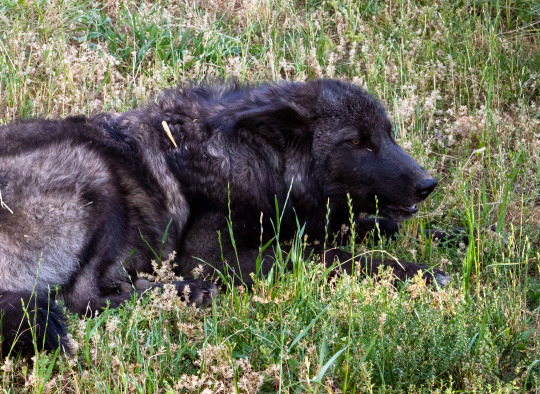
Grey Wolf (canis lupus)
taken at the Colorado Wolf and Wildlife Center in Divide, Colorado
status: least concern
Grey wolves are the largest wild member of the canidae family. This one here may not look it however as she is still a pup! This little one (who I believe is named Rain) if just one year old so very much so in that awkward lanky stage between pup and adult.
#Grey Wolf#canis lupus#wolf#animal#colorado wolf and wildlife center#colorado#photo#photography#canon#canon 6d mark ii
17 notes
·
View notes
Text
Excerpt from this story from Outside Online:
On February 29, Daniel, Wyoming resident Cody Roberts allegedly ran a juvenile wolf down with his snowmobile, taped its mouth shut, transported it to the town’s Green River Bar, posed for photos with the animal, then either beat or shot it to death, depending on which version of the report you read. State wildlife officials received a tip about the incident, and later fined Roberts $250 for a misdemeanor violation of Wyoming’s prohibition against possession of live wildlife. No other charges or penalties have been brought against him. As of April 10, however, the Sublette County Sheriff’s Office announced that they—along with the Sublette County Attorney’s office—are now investigating Roberts.
“The individual was cited for a misdemeanor violation of Wyoming Game and Fish Commission regulations, Chapter 10, Importation and Possession of Live Warm-Blooded Wildlife,” says the Wyoming Game and Fish Department in a statement addressing the incident. “The department’s investigation indicated there were no other statutory or regulatory violations.”
The 206-word statement itself acknowledges the controversy that’s raging around the incident, saying: “The department acknowledges the significant concern and dismay expressed by many people from around the state and nation.”
Why was Roberts able to torture a wolf to death with no serious consequences? The answer lies not only in Wyoming’s incredibly lax wildlife regulations, but also in the violence that permeates the relationship between the state and its most famous wild animal.
After being extirpated in 1926, the United States Fish and Wildlife Service (USFWS) reintroduced wolves to Wyoming in Yellowstone National Park in 1995. Wolves, the villains in many childhood stories, are a locus of fear for humans. But the animal also serves a vital role in its native ecosystem, where it helps keep ungulate populations healthy by slowing the spread of disease. And it does that at a net financial benefit to taxpayers, since tourists now flock to the state to view wolves. A study conducted in 2021 found that wolf-related tourism brings over $35 million annually to areas surrounding the park.
Speaking of taxes, before all the culture warring and fear mongering, it was the goal of the Republican Party to reduce tax burdens faced by the wealthy and corporations. The Republican Party’s policy positions are widely unpopular, so the GOP instead hoodwinks voters using fear and lies. The Republican-led Wyoming Statehouse passed a bill in 2021 calling to exterminate 90 percent of the state’s wolf population—a bill based on lies and misinformation. Pushing for policies based on fear instead of science has led to regulations around wolves that are unique among wildlife laws, mostly in their encouragement of cruelty.
When management of the species transferred from federal to state control in 2012, Wyoming’s political leaders established two distinct areas with differing population management goals. Areas adjacent to Yellowstone were set aside for trophy hunting, where wolf hunting is regulated. The rest of the state was designated a “predator zone” where wolves can be killed without regulation, reason, or justification. Wyoming also classifies coyotes, red fox, stray cats, jackrabbits, porcupines, raccoons and striped skunks as predators, and permits killing them throughout the state.
“You could pull a wolf apart with horses in 85 percent of the state,” explains Amaroq Weiss, Senior Wolf Advocate at the Center for Biological Diversity. In the predator zone, there is no regulation governing how or when wolves can be killed. This stands in contrast to typical hunting regulations in any other state, where what are called “methods of take” are carefully defined to ensure animals are killed in ethical, humane ways, along with precise dates, to-the-minute guidelines on legal shooting hours, and generally universal bans on artificial light sources. The age and sex of animals it’s permissible to shoot are also written in law. But none of that is true in Wyoming’s predator zone when it comes to wolves. You don’t even need a hunting license or tag to kill one, just the opportunity.
Weiss cites “wolf whacking” as an example, and it’s how Roberts captured the wolf he would go on to torture and kill. The term describes using a snowmobile to run a wolf to the point of exhaustion. Once it slows or collapses, you kill the animal by running it over. As Roberts’ escapade demonstrates, sometimes that might take multiple impacts, and sometimes the animal is simply left to die a slow, painful death.
19 notes
·
View notes
Text
SAN FRANCISCO— The California Department of Fish and Wildlife reported today that four new packs of wolves have been confirmed in California in the past five months. With these four new yet-to-be-named packs, there are now eight wolf packs known to have established in California since 2015. “Holy smokes what fantastic progress we’re witnessing in wolf recovery in California,” said Amaroq Weiss, a senior wolf advocate at the Center for Biological Diversity. “I’m so grateful that both state and federal endangered species protections are allowing wolves to safely reestablish in the Golden State’s beautiful landscapes.” The four new wolf families were discovered incrementally this year, with each confirmation demonstrating that, as predicted by scientists, California has ample suitable habitat for wolves.
62 notes
·
View notes
Text

Red Wolf
Center for Biological Diversity
43 notes
·
View notes
Text
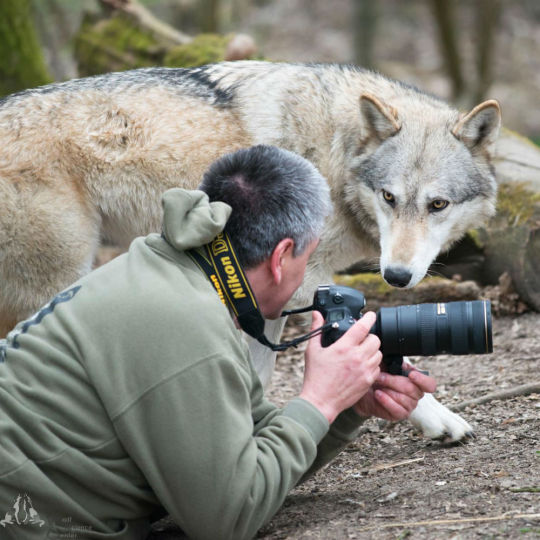
550 notes
·
View notes
Text
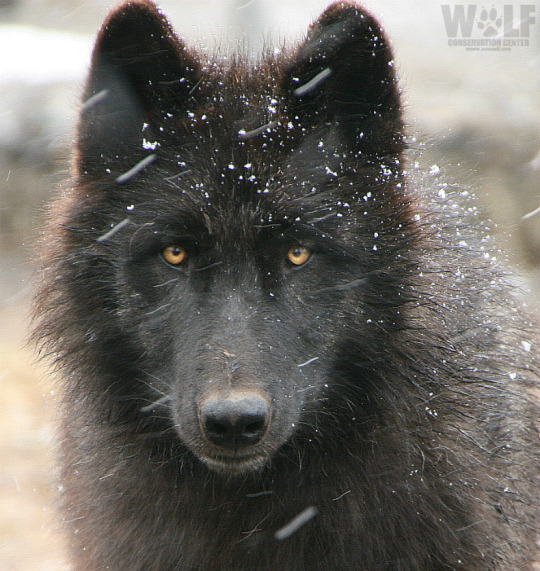
1 note
·
View note